County: Union
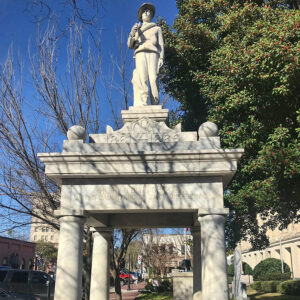 El Dorado Confederate Monument
El Dorado Confederate Monument
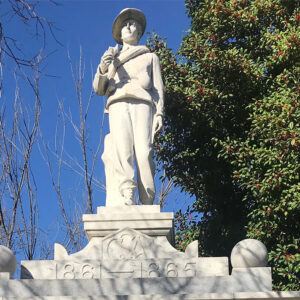 El Dorado Confederate Monument Detail
El Dorado Confederate Monument Detail
 El Dorado Courthouse Square
El Dorado Courthouse Square
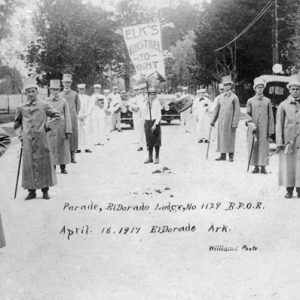 El Dorado Elks Parade
El Dorado Elks Parade
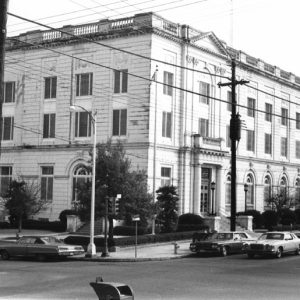 El Dorado Federal Courthouse
El Dorado Federal Courthouse
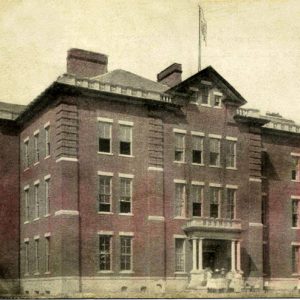 El Dorado High School
El Dorado High School
El Dorado High School Gym
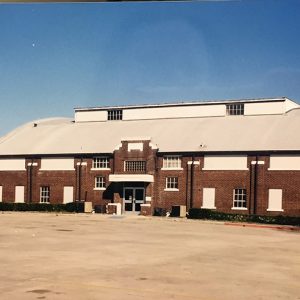 El Dorado High School Gym
El Dorado High School Gym
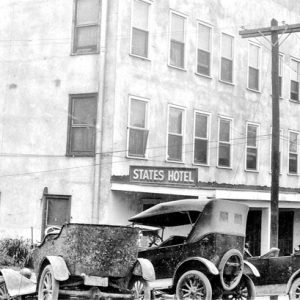 El Dorado Hotel
El Dorado Hotel
El Dorado Junior College
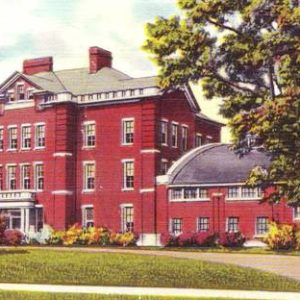 El Dorado Junior College
El Dorado Junior College
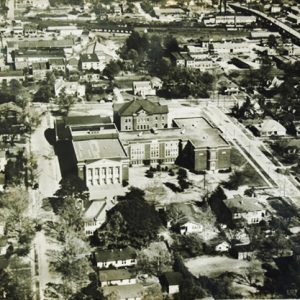 El Dorado Junior College
El Dorado Junior College
 El Dorado Oil Company
El Dorado Oil Company
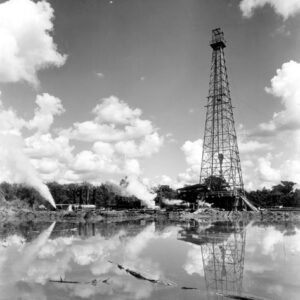 El Dorado Oil Rig
El Dorado Oil Rig
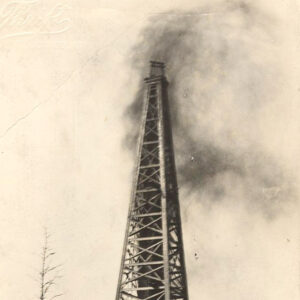 El Dorado Oil Well
El Dorado Oil Well
El Dorado Promise
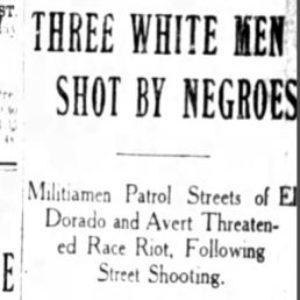 El Dorado Race Riot Article
El Dorado Race Riot Article
El Dorado Race Riot of 1910
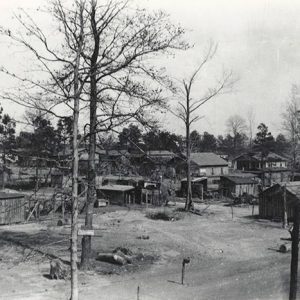 El Dorado Street
El Dorado Street
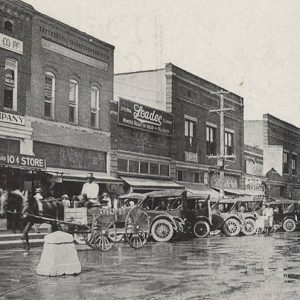 El Dorado Street Scene
El Dorado Street Scene
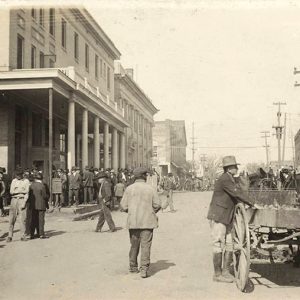 El Dorado Street Scene
El Dorado Street Scene
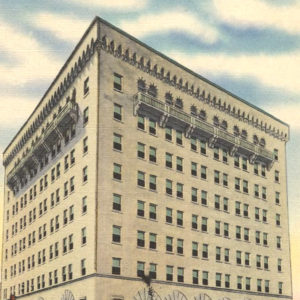 Exchange Bank
Exchange Bank
Felsenthal (Union County)
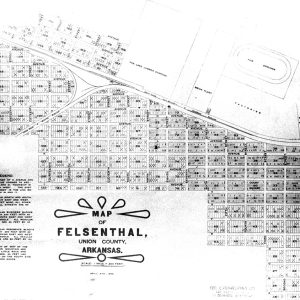 Felsenthal Map
Felsenthal Map
Felsenthal National Wildlife Refuge
 Felsenthal Lock and Dam
Felsenthal Lock and Dam
 Felsenthal National Wildlife Refuge
Felsenthal National Wildlife Refuge
 Felsenthal Sign
Felsenthal Sign
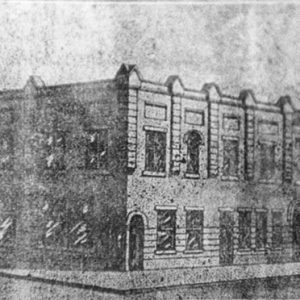 Felsenthal Structures
Felsenthal Structures
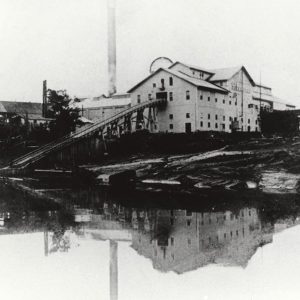 Fourche River Lumber Co.
Fourche River Lumber Co.
Frizzell, “Lefty”
aka: William Orville Frizzell
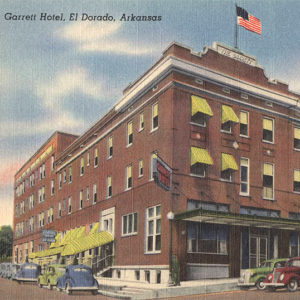 Garrett Hotel
Garrett Hotel
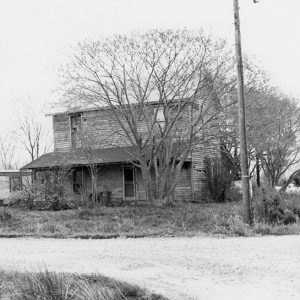 Goldman Home
Goldman Home
Green (Lynching of)
Green, Marlon DeWitt
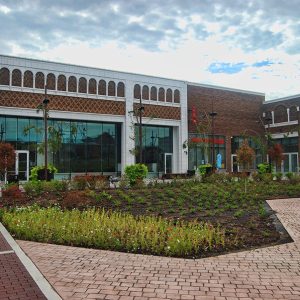 Griffin Auto Company Building
Griffin Auto Company Building
Griffin Auto Company Building
Huttig (Union County)
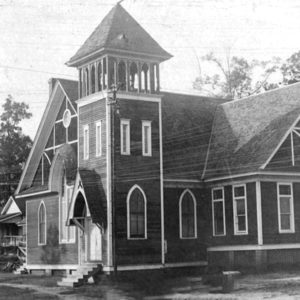 Huttig Church
Huttig Church
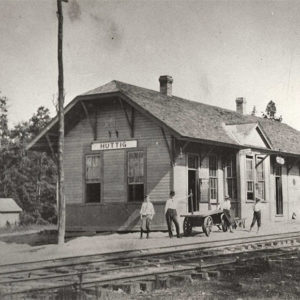 Huttig Depot
Huttig Depot
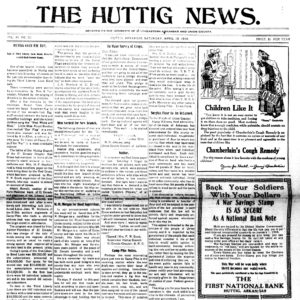 Huttig News
Huttig News
Huttig News
 Huttig Street Scene
Huttig Street Scene
 "If You've Got the Money Honey (I've Got the Time)," Performed by Lefty Frizzell
"If You've Got the Money Honey (I've Got the Time)," Performed by Lefty Frizzell




